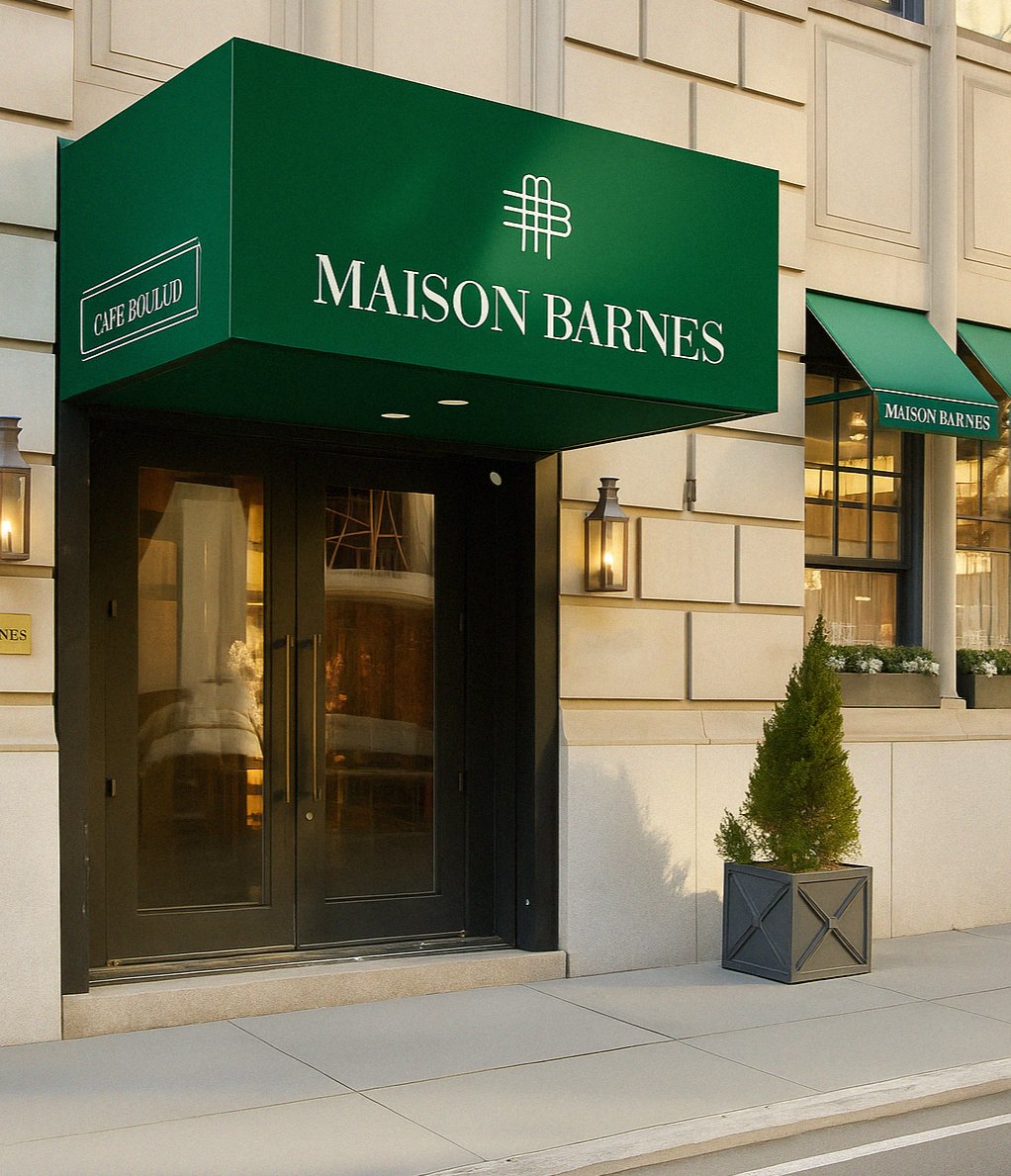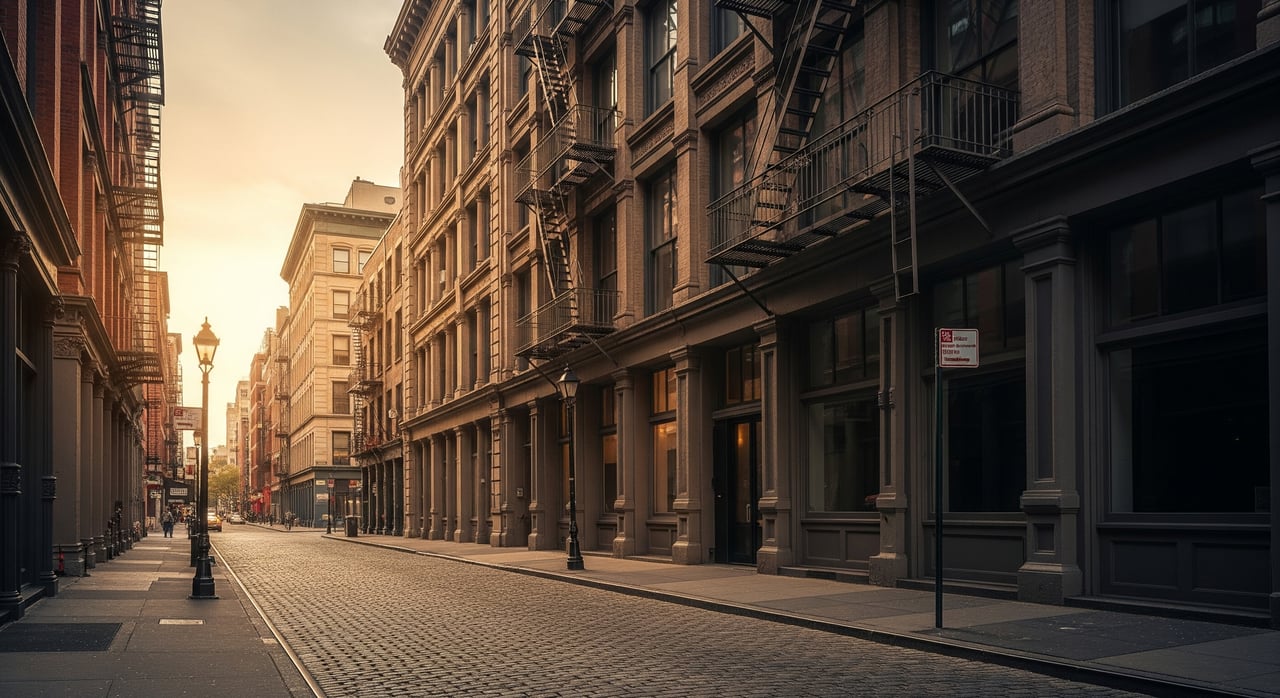
Buying in SoHo: What Landmark Rules Mean

What’s Driving Brooklyn’s Townhouse Market?
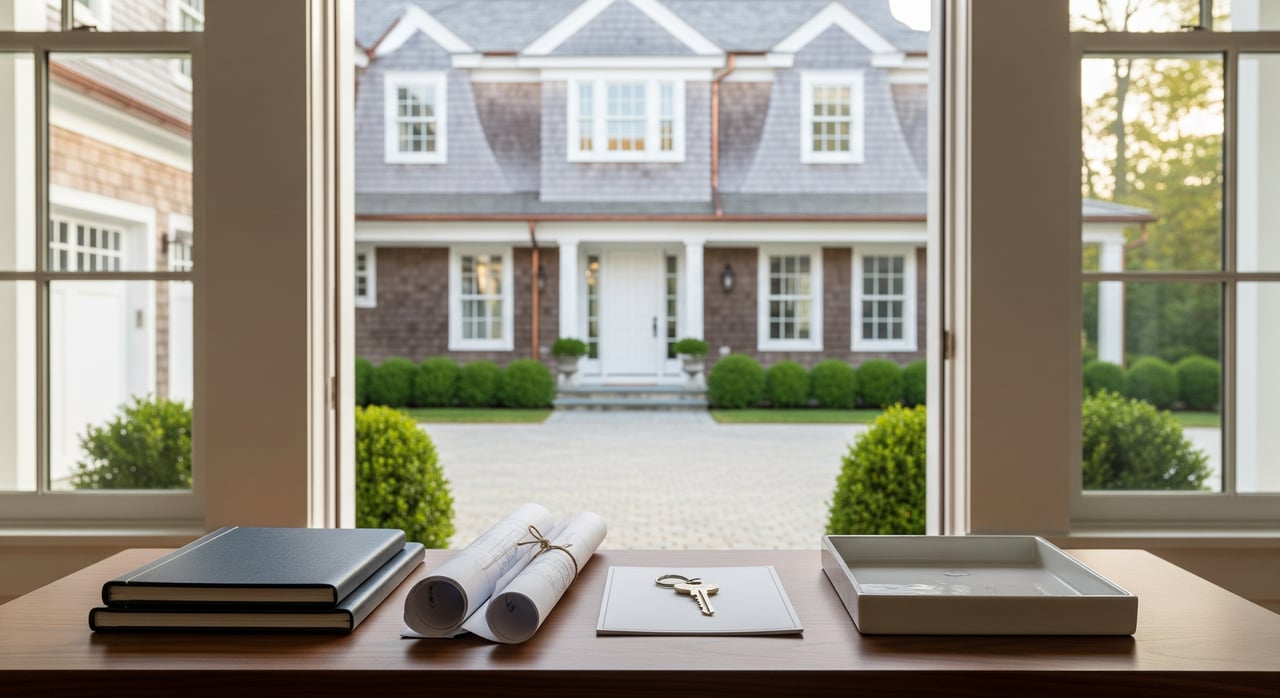
Greenwich Buyer Closing Costs Explained
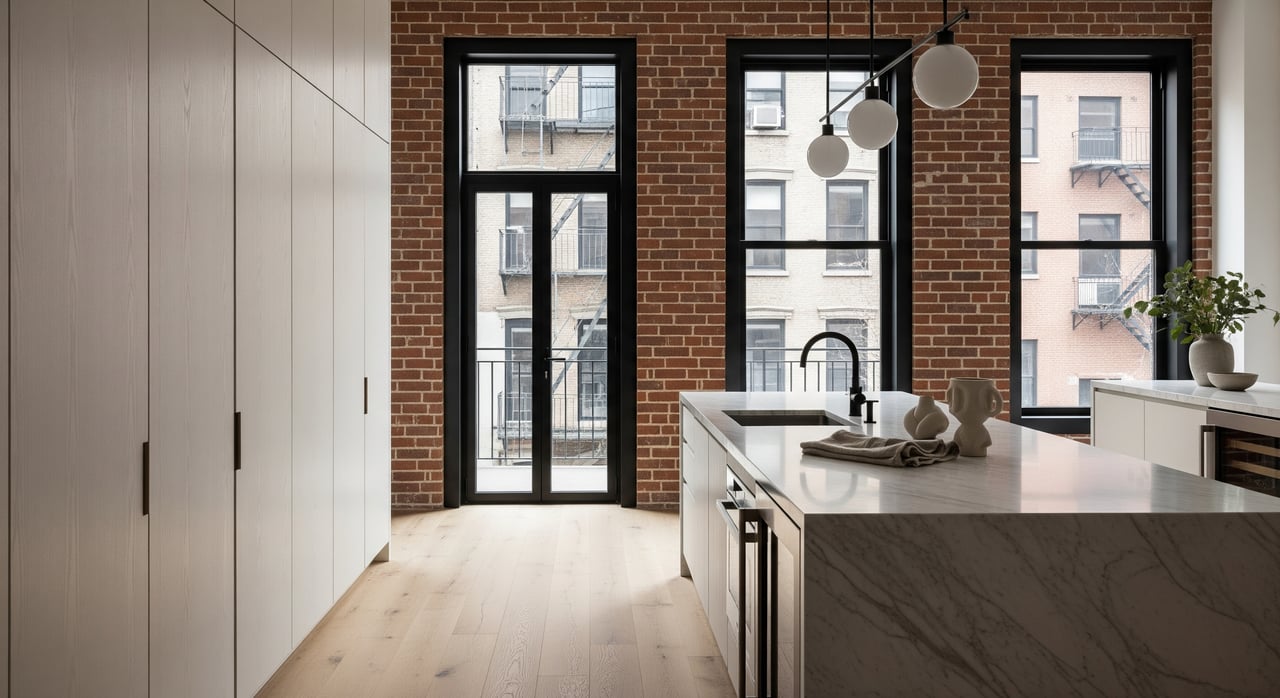
Living Well in Tribeca: Everyday Conveniences
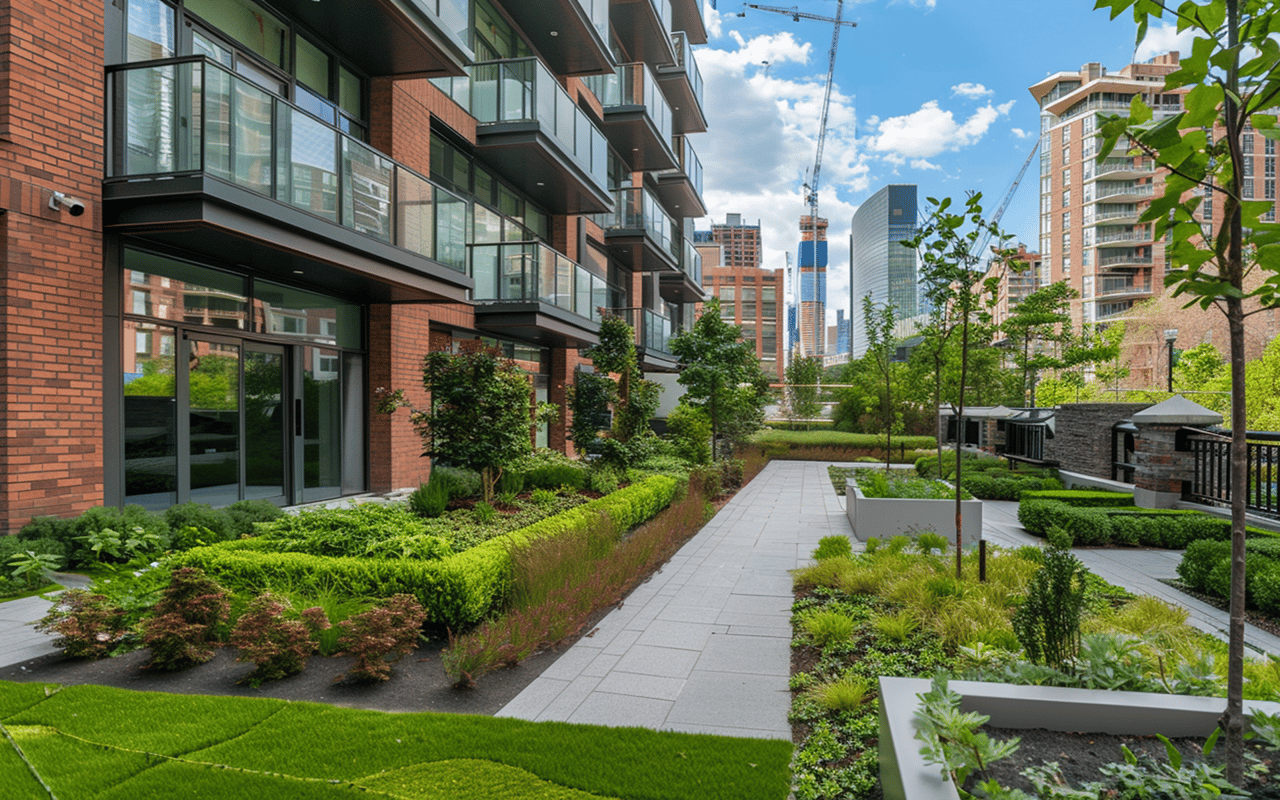
What is the Real Estate Market Like in the Hamptons?
Discover the Hamptons real estate market trends, investment insights, and prime locations.
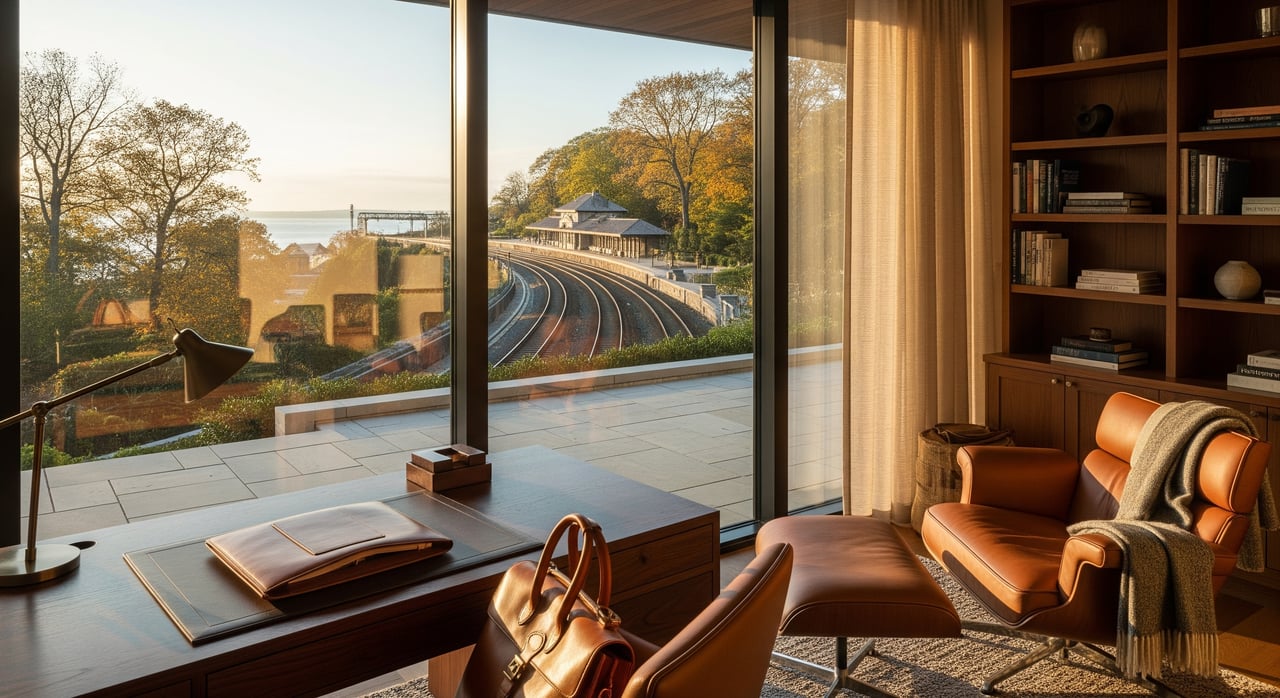
Positioning Proximity: Stations and Commute Talking Points

Pre‑List Checklist: Septic, Well and Water Quality
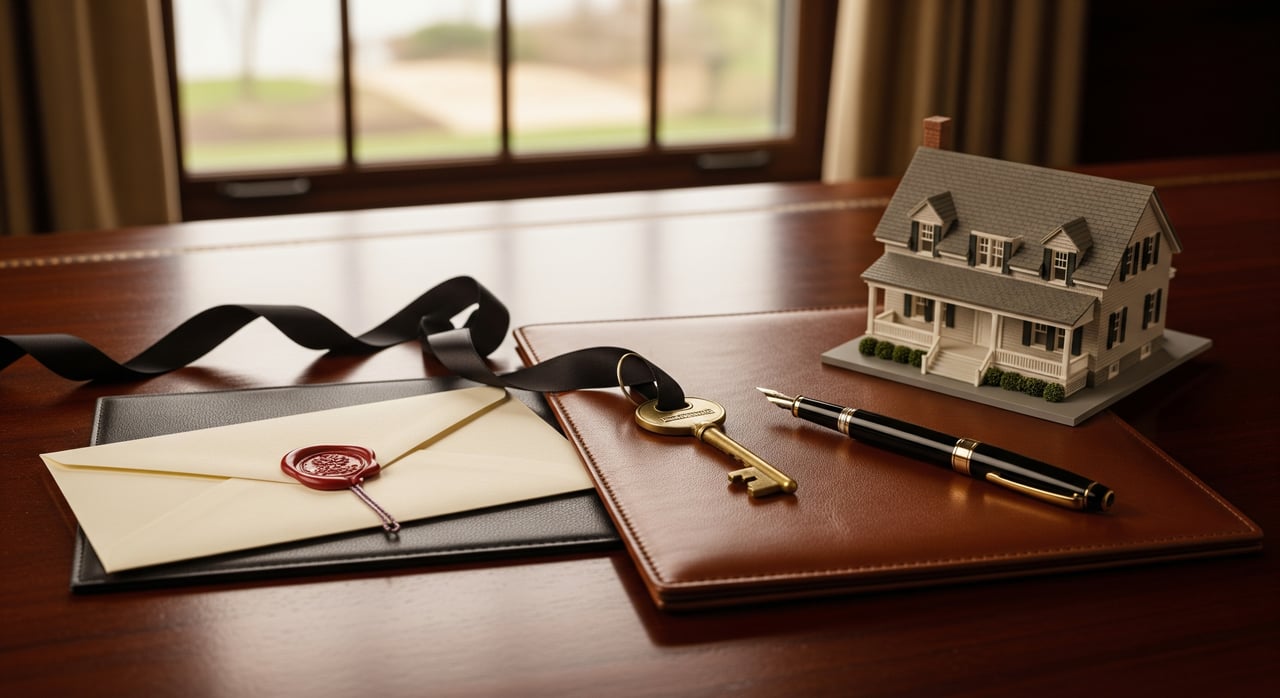
Closing Costs in Greenwich: Taxes and Fees to Expect
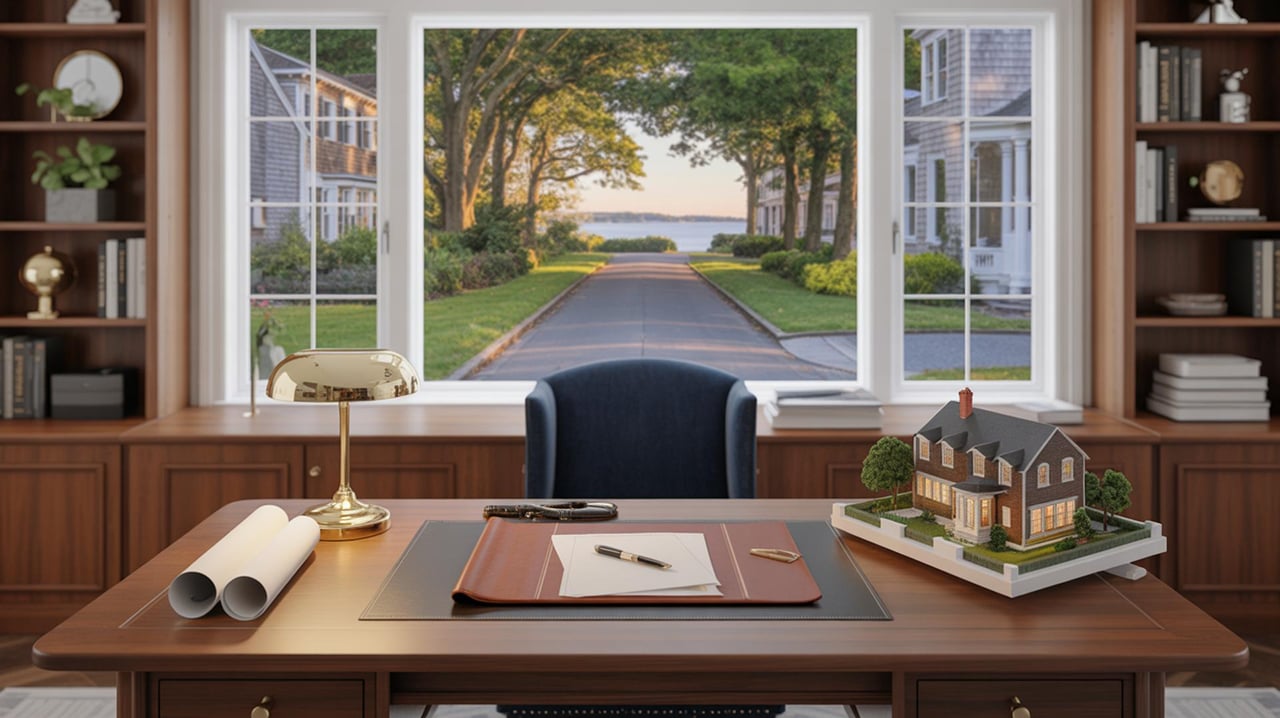
Real Estate
How to Navigate Mortgage Options for Larchmont Buyers
Essential Tips for Securing the Right Home Loan in Larchmont
